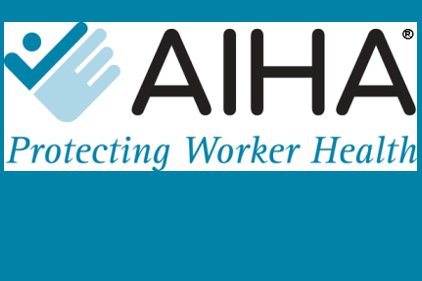 The American Industrial Hygiene Association® (AIHA) has issued recommendations to prevent lead poisoning among children in developing nations, based on a case study of lead contamination conditions in several countries in Eastern Europe, Caucasus, and Central Asia. The recommendations, in the form of a reference document, identify methods to promote safe and healthy communities and improve understanding among international experts in environmental and public health programs involving lead poisoning in children.
The American Industrial Hygiene Association® (AIHA) has issued recommendations to prevent lead poisoning among children in developing nations, based on a case study of lead contamination conditions in several countries in Eastern Europe, Caucasus, and Central Asia. The recommendations, in the form of a reference document, identify methods to promote safe and healthy communities and improve understanding among international experts in environmental and public health programs involving lead poisoning in children.
“Childhood lead poisoning is a serious problem that in the last few decades has significantly changed its geographical focus,” said Andrey Korchevskiy, PhD, director of research and development at Chemical and Industrial Hygiene, Inc., in Wheat Ridge, Colo.
Problem has gotten worse
“In developed countries, the situation has been managed successfully, but in the developing world, it has worsened, with the size of contaminated territories and the number of affected children increasing. This document is one of the first attempts to provide perspectives on international lead hazard recognition, exposure evaluation, prevention, and treatment,” he said.
In many developing countries, exposures to lead in the environment during childhood have been underestimated. In the regions investigated in the case study, the mean blood lead levels (BLL) for children exceeded 20 micrograms of lead per deciliter (µg/dL), and in some instances, the levels exceeded 100 µg/dL. The recent recommendation of the Centers for Disease Control and Prevention (CDC) to reduce the reference level for children’s BLL from 10 µg/dL down to 5 µg/dL reflects an opinion within the expert community that significant health and behavioral problems from lead in blood may result at even lower levels than previously anticipated.
According to Korchevskiy, one of the reference document’s three editors, along with his colleagues James Rasmuson, PhD, CIH, DABT, and Eric Rasmuson, MS, CIH, the CDC’s recommendation implies that the issue of lead contamination will remain an important public health priority in developed, as well as developing, countries.
Search for solutions must be global
“The future of lead poisoning prevention lies in continuous international collaboration and in a search for better health and environmental solutions globally,” said Korchevskiy.
Lead contamination is particularly dangerous because it targets a vulnerable age group and its impact starts at very low levels of exposure. Lead poisoning can cause several hidden, non-specific and irreversible neurological, neurobehavioral, developmental, hematologic, renal, cardiovascular, immunological, and skeletal health problems.
The AIHA International Affairs Committee developed the recommendations, in collaboration with the International Task Force for Children’s Environmental Health, to promote better understanding among governments, environmental and public health professionals, physicians, and advocates worldwide about the importance of intervention to protect children from lead poisoning.


